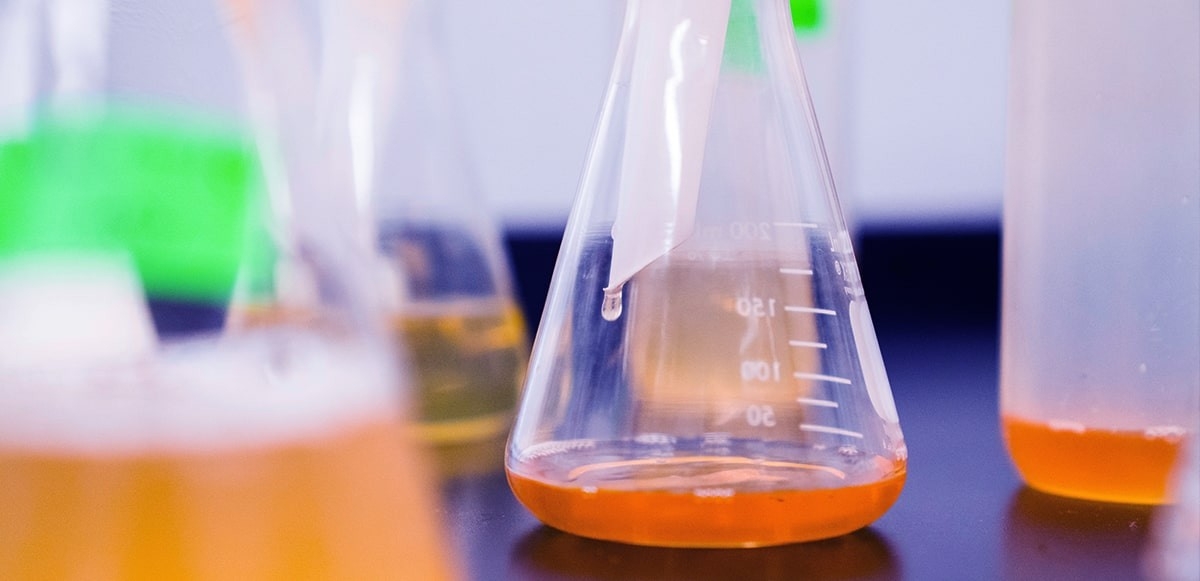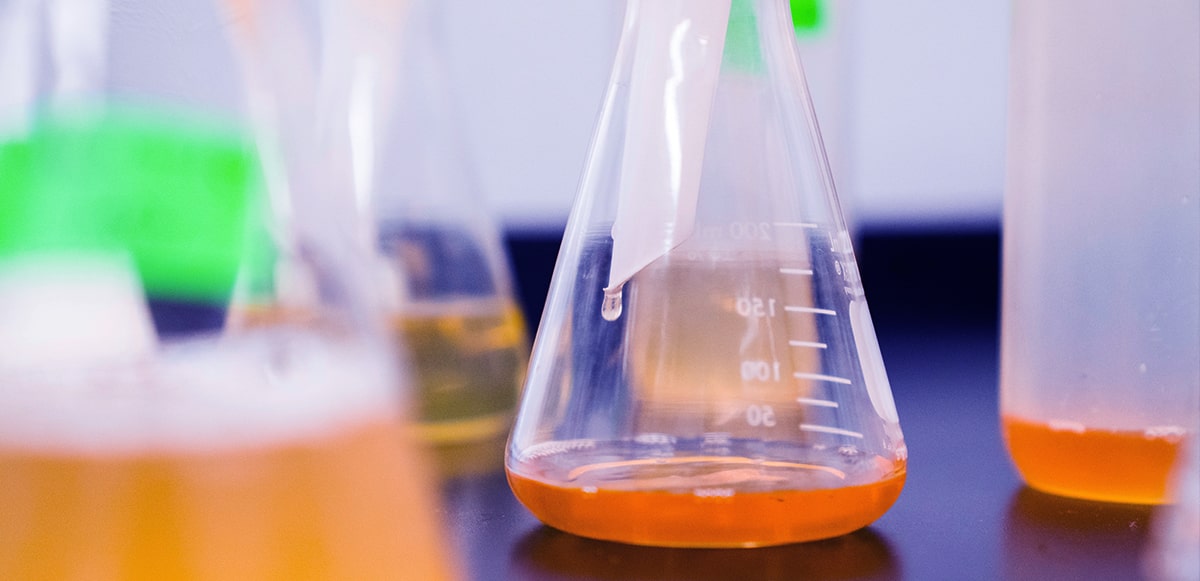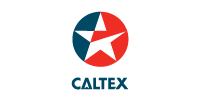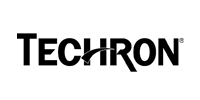VARTECH™ Technology – How reliable is your equipment against fluid degradation?


Fluid degradation is bound to cause many kinds of equipment failures. A lubricant in service is often subjected to a broad range of conditions which can degrade its base oil and additive system. Such factors include heat, entrained air, incompatible gases, moisture, internal or external contamination, process constituents, radiation, and unplanned mixing of a different fluid.
However, today’s users of industrial lubricants are up against other challenges. Chief among them is deciphering the nature of the deposits or varnishes. Often, just by looking at the brown color of a deposit, one assumes it must be the same as the brown sample that was previously observed. These assumptions are risky since they can lead to taking the wrong corrective actions.
This is where utmost precaution needs to be taken and a careful plan of action followed.
First, it is imperative that we broaden our thinking of sludge or varnish. This material is not just simply the oxidation or degradation products from the lubricant - it is the material coming out of the fluid with the potential to cause operational issues. Equipment reliability issues are not only caused by fluid degradation and varnish deposits but also by any material that is not a homologous single phase with the lubricant. Therefore, any foreign material causing deposits in the lubricant can potentially be categorized in this category.
Since there are many mechanisms that weaken lubricants, sorting deposits into classification bins is helpful to better discern the source of the deposits and determine the right remediation process.
Next, there is a need to carry out the root cause analysis (RCA) to identify what happened, why it happened, and what can be done to stop it from happening again. It involves examining the problem and considering proof from several viewpoints.
Often, the deposit components can also be spotted within the in-service fluid. Also, the overall condition of the fluid speaks volumes about the formation direction.
After accumulating as much data as possible about the fluid condition, the deposit can be characterized. A proper analysis of the deposit is often the root cause determination itself. Specifying the deposit source classification will help establish the actions to take when fixing the cause. Several times, the deposit contains over one deposit classification. That information can support this root cause determination.
With a root cause and deposit classification designated, one can focus the efforts toward the elimination and removal of the tar-ball deposits. The chemistry of the deposit details the mitigation strategy since any one deposit removal technology is incapable of removing all deposits. Also, it is often favorable to cease the deposit formation before trying to discard it.
This is when industrial operators need to take notice of VARTECH Industrial System Cleaner (ISC), a two-step, clean-and-control solution that uses proprietary technology to carry out efficient cleaning without creating operational constraints to protect equipment from varnish and ensure peak productivity in the operation. The advanced lubrication chemistry used in VARTECH Technology also inhibits the formation of varnish precursors, products of oil degradation that can deposit on internal surfaces and build up. You get exceptional oxidation stability, less degradation, and long oil life—a breakthrough approach to varnish control.





























